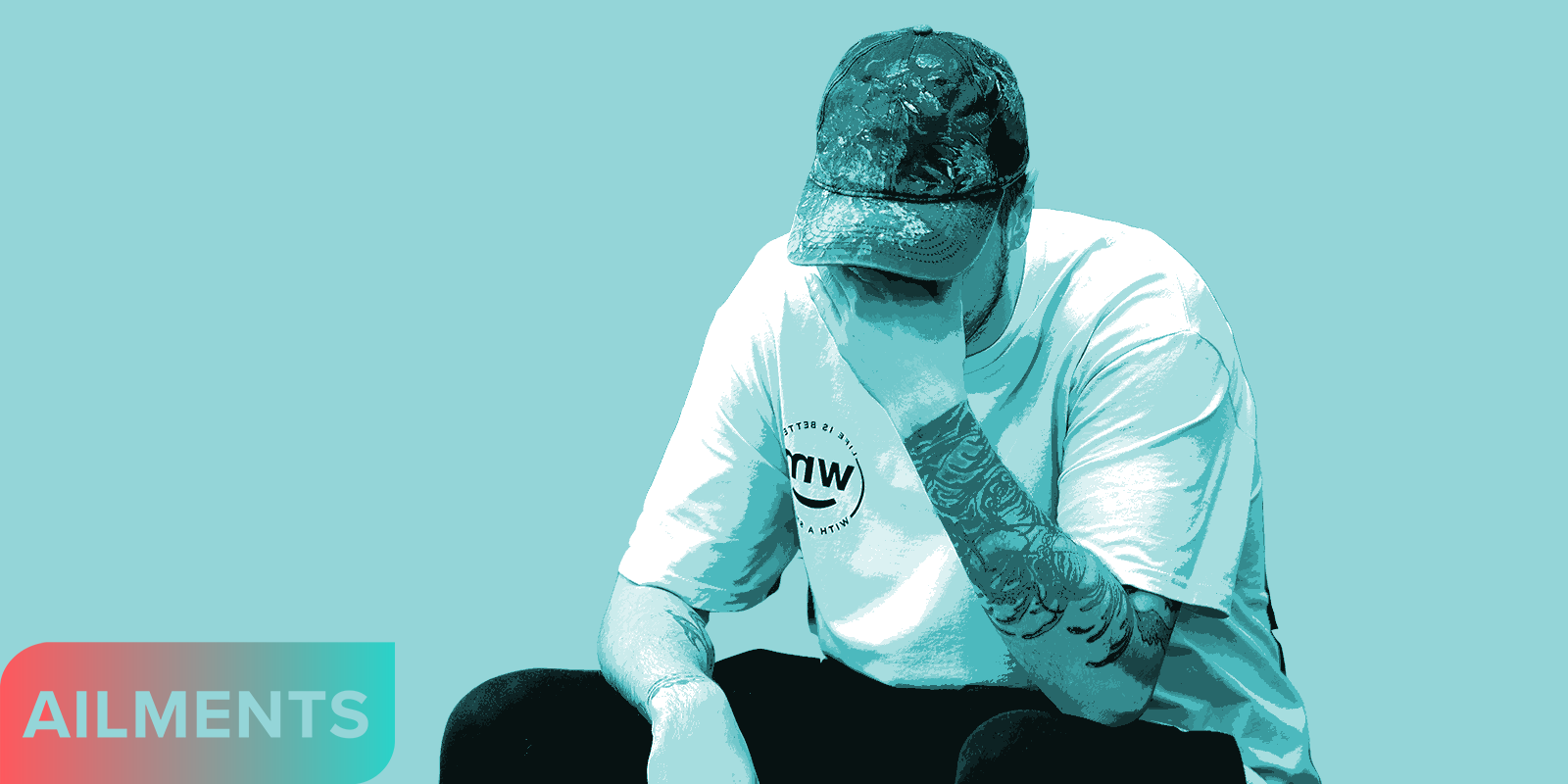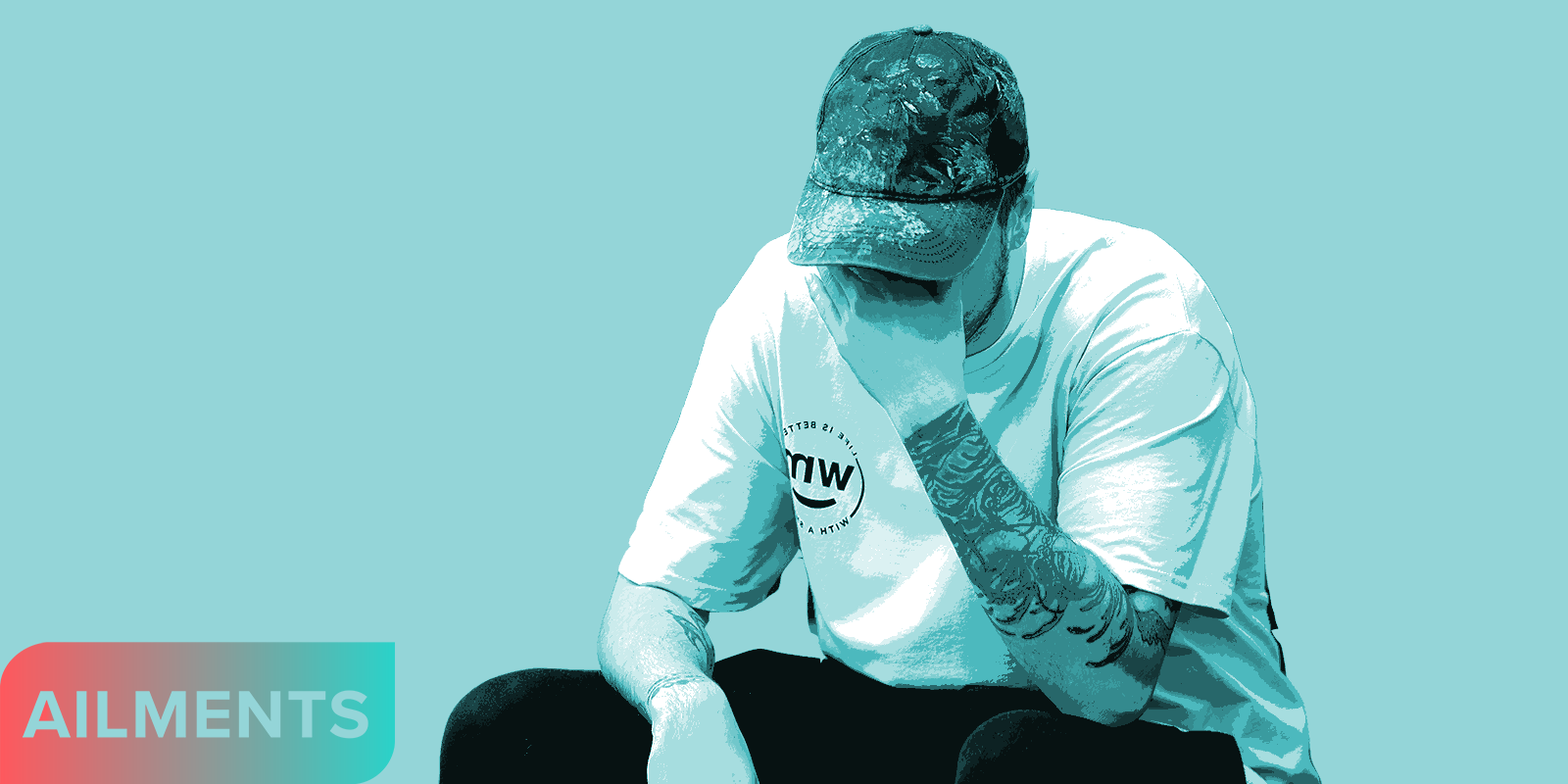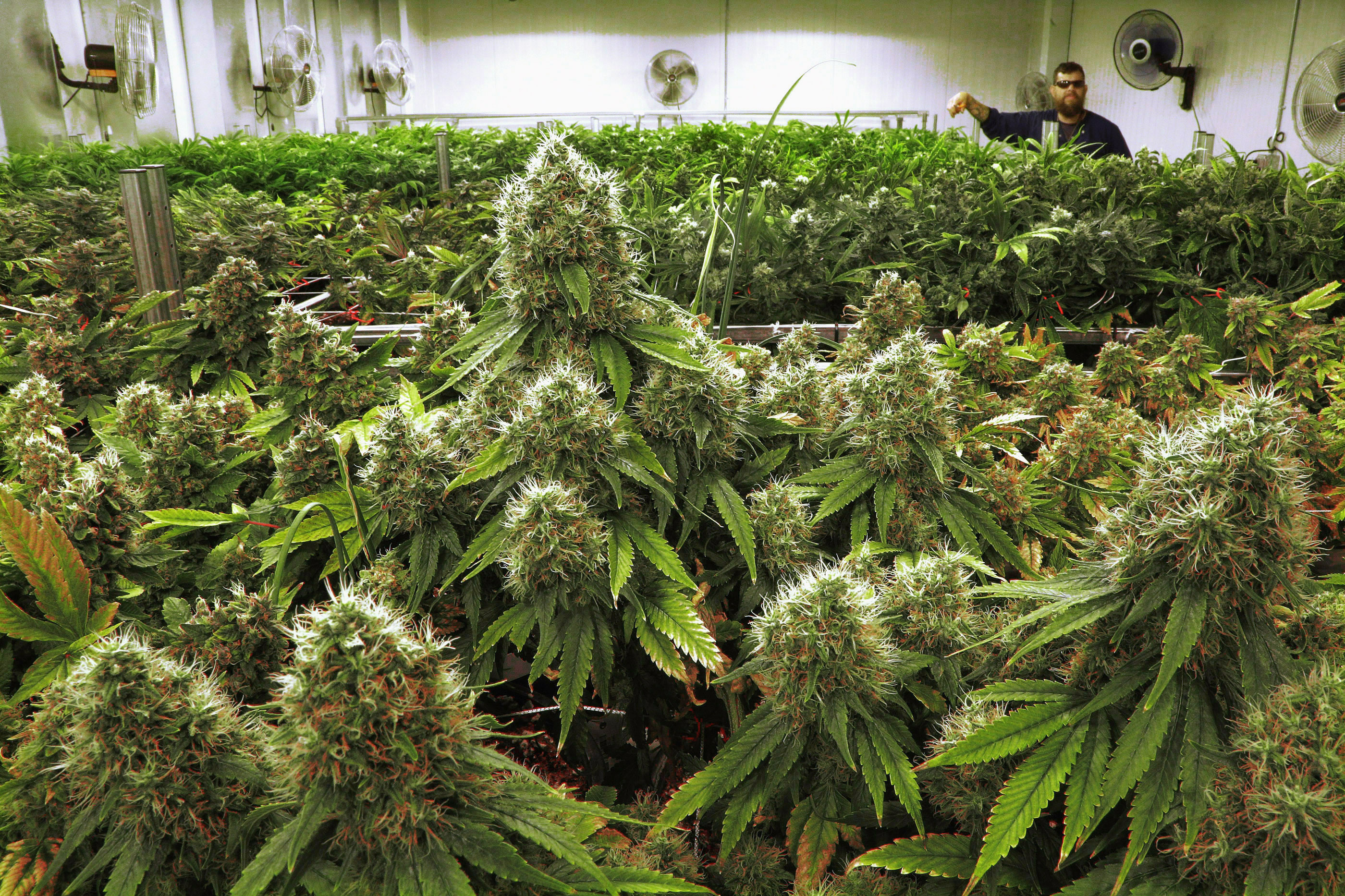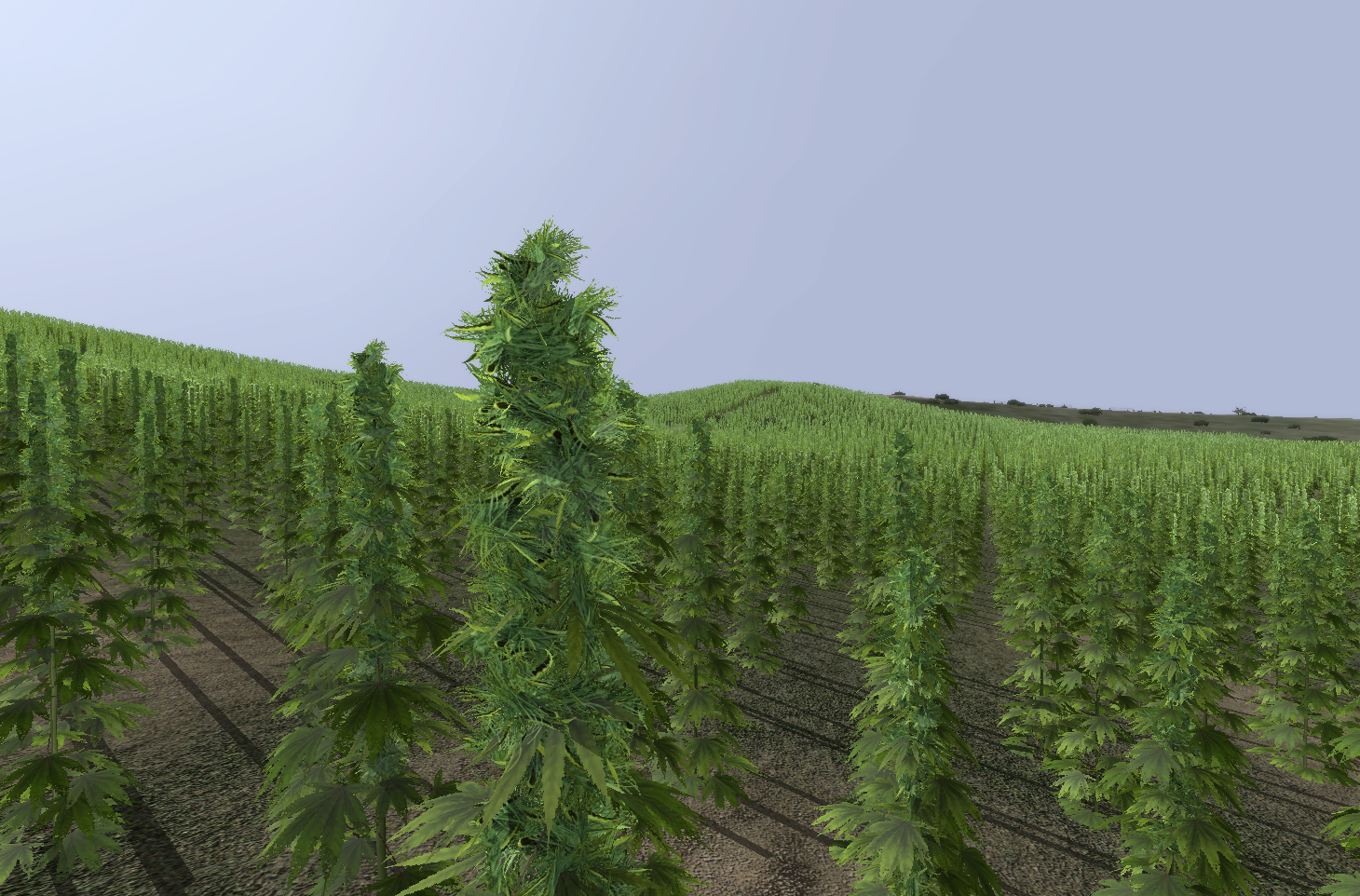
If you’ve ever had a migraine, you know the telltale symptoms: throbbing headache, extreme sensitivity to light and sound, blurred vision, nausea, and even vomiting. For many sufferers, these symptoms are debilitating, rendering them incapable of going about their daily lives until the migraine subsides. With the average migraine lasting up to 72 hours, an effective and fast acting remedy is in order.
As cannabis has received recent press as a rapid pain reliever and potential alternative to opioids, could the benefits also extend to migraines?
Research Overview
The overarching outcomes of studies on cannabis for migraines have been positive, and researchers have gleaned how medical marijuana could be applied to treat this ailment.
The Studies
A 2017 literature review, published in Cannabis and Cannabinoid Research by Mary Ann Liebert Inc., examined the use of cannabis for headache disorders in general. Researchers concluded that, in tandem with more clinical trials, cannabis will likely emerge as a treatment option for some headache sufferers. Identifying the unique benefits of oral cannabinoids as a preventative treatment for headaches, researchers also pinpointed CBD as a treatment for headache-related conditions, including anxiety.
A more recent literature review, published in 2018 in Frontiers in Pharmacology, concluded that cannabinoids are a promising class of compounds for preventing and treating migraines. Cannabinoid receptors in the brain can also be targeted to reduce inflammation associated with severe migraines, according to researchers.
In addition, medical marijuana use was found to reduce the frequency of migraines in a 2016 study published in Pharmacotherapy. Researchers studied 121 adult migraine sufferers at two medical marijuana specialty clinics in Colorado and found that supervised cannabis use decreased occurrences of migraine headaches in some patients.
Due to varying U.S. state and international laws on cannabis, some migraine patients have taken matters into their own hands.
Patient Perspectives
Migraine sufferer Anna Reynolds proclaims that smoking marijuana is the only thing that banishes the symptoms, according to her 2016 story published in Self magazine.
Reynolds’ excruciating migraines had prevented her from enjoying social events since college. One migraine struck while Reynolds was attending a Pearl Jam concert in a blindingly bright arena in New York City, but Reynolds found the remedy: “A friend offered me a hit of a joint; I only accepted because of my throbbing brain. Instantly, the migraine disappeared, and I was able to enjoy the concert and three tubs of cheese-drenched nachos.”
In a 2010 article for the UK publication The Independent, Kathryn Cain related how cannabis saved her life after coping with “sinister” daily migraines. Prescription medications, heavy on dosage and side effects, did nothing to alleviate the constant pain. When Cain finally turned to cannabis, the weight of chronic pain lifted immediately: “Within minutes of taking a small amount of cannabis there was not an inch of my body in pain, and my tremors had stopped. My body felt at peace, and I don’t think I can ever convey the enormity of that to anyone. Nothing hurt or felt wrong.”
What is it about cannabis that gives it the power to offer such profound and instant relief to some people?
What the Experts Say
Characterizing cannabis as an analgesic and anti-emetic (pain reliever and anti-vomit agent, respectively), Dr. David Bearman, vice president of the American Academy of Cannabinoid Medicine, explained in the 2016 Self magazine article above how medical marijuana slows down active neurological signals in the brain.
“This slowing of speed is what provides some of the migraine relief,” Bearman said.
Further, Bearman said that cannabis comes with fewer side effects than other types of medication: “A key principle of prescribing is to weigh a medication’s therapeutic effects vs. its side effects. In comparison to other treatments, cannabis wins hands-down in terms of safety and fewer side effects.”
What form of cannabis delivers the best results to migraine sufferers? Dr. Ethan Russo, a neurologist and psychopharmacology researcher, shared in the 2016 Self magazine article: “Some people find that smoking, or preferably vaporization, is a rapid intervention that can abort a migraine attack, and as a preventive treatment, regular oral administration is the best approach.”
Russo is optimistic about future research illuminating how cannabis can be viewed not as an alternative or complementary treatment for migraines, but as a primary treatment. Russo said, “Once we get randomized controlled clinical trials of a proper cannabis-based medicine for migraines, and are able to demonstrate its efficacy and safety, I believe that it could move into the mainstream as a first-line treatment.”
Dr. Gary L. Wenk, professor of immunology and medical genetics at Ohio State University in Columbus, presented a clinical explanation for Russo’s vision in a 2013 article published in Psychology Today. Describing the body’s endocannabinoid system, Wenk wrote: “Our brain’s own endogenous marijuana-like chemicals (called endocannabinoids) produce analgesia by modulating the entry of pain signals into the brain at the level of our spinal cord. Future generations of pain relievers will likely be developed based upon the action of marijuana in the body.”
The Bottom Line
Current research suggests that cannabis medicine could be an effective treatment for migraines, and future studies could propel medical marijuana beyond alternative treatment status.















